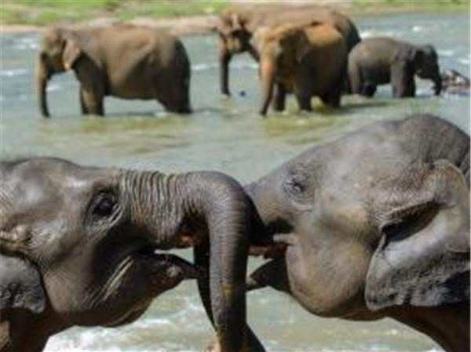African Parks report 3 successes for big cats
Posted on
|
There’s an awful lot of bad news about big cats around at the moment; they are being hunted for their skins, claws, bones and other parts; killed to prevent human-wildlife conflict, and their habitats are increasingly fragmented and lost. So it’s great to hear from African Parks that there are some hopeful signs across the continent for these majestic animals. Lions are being restored to Malawi In 2012, African Parks reintroduced lions to the Majete Wildlife Reserve. They secured the park and brought back key species, including prey populations. The lions have formed a small but growing pride to such an extent that African Parks have moved the first two of 10 lions to Liwonde National Park – the first time lions have been there for at least 4 years! New cheetah population doubles in less than a year In 2017, African Parks reintroduced cheetahs to Liwonde National Park, also in Malawi. They’d been absent for 100 years. Several females have had cubs, so increasing their numbers in just a few months since their arrival. Lion numbers grow in Rwanda Lions were eradicated by refugees coming back to Rwanda after the genocide, so they had been absent for 20 years. African Parks reintroduced 7 lions to the Akagera National Park. With the space to thrive, lions have nearly tripled, and the park is now a real wildlife gem. Tourism is flourishing with over 36,000 annual visitors to the park, bringing $1.3 million in tourism revenue. This is reinvested in the surrounding areas. Restoring and protecting the big cat in Africa’s wild places does a number of things:
Get involved You can help African Parks continue to protect Africa’s big cats and ensure they have the space, prey and safety they need to breed and thrive. Donate here |
| |
